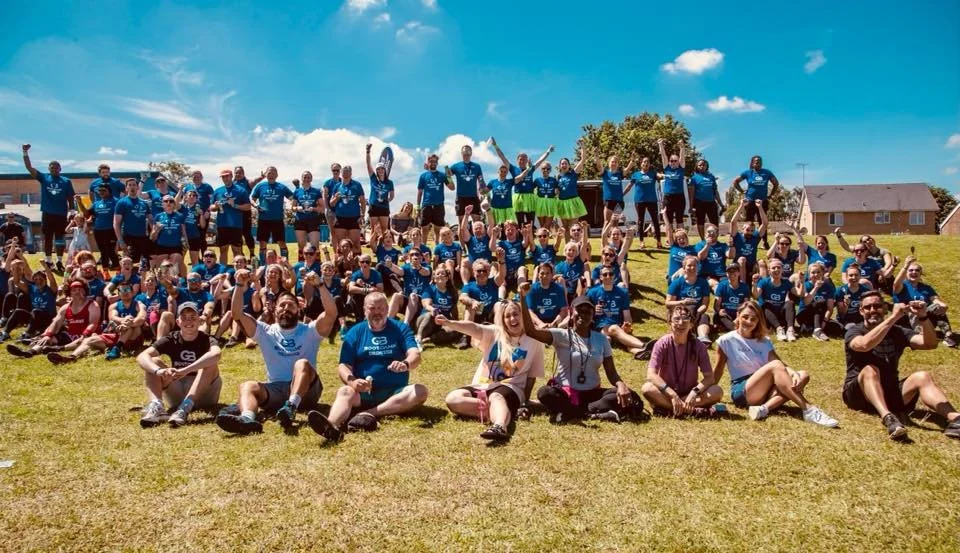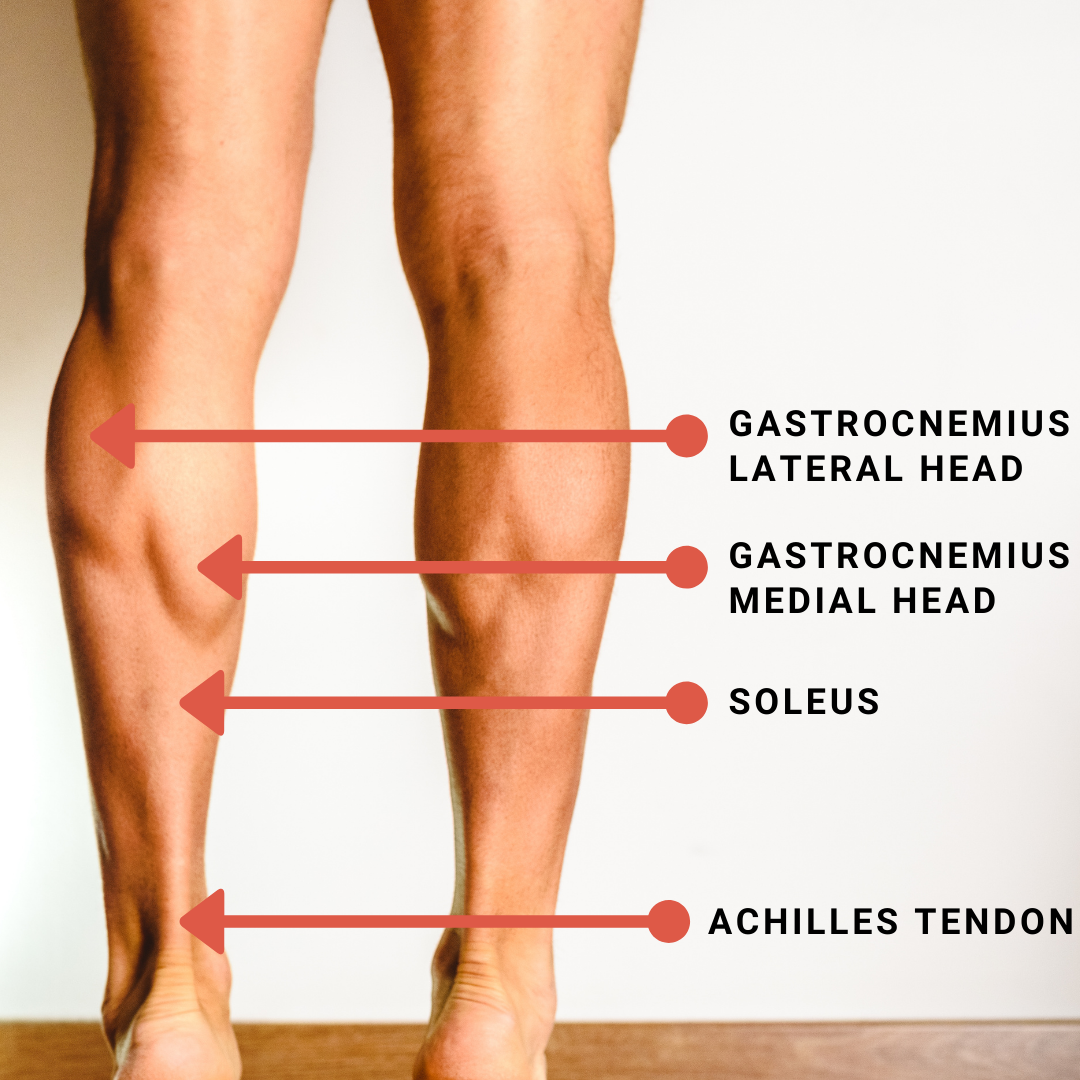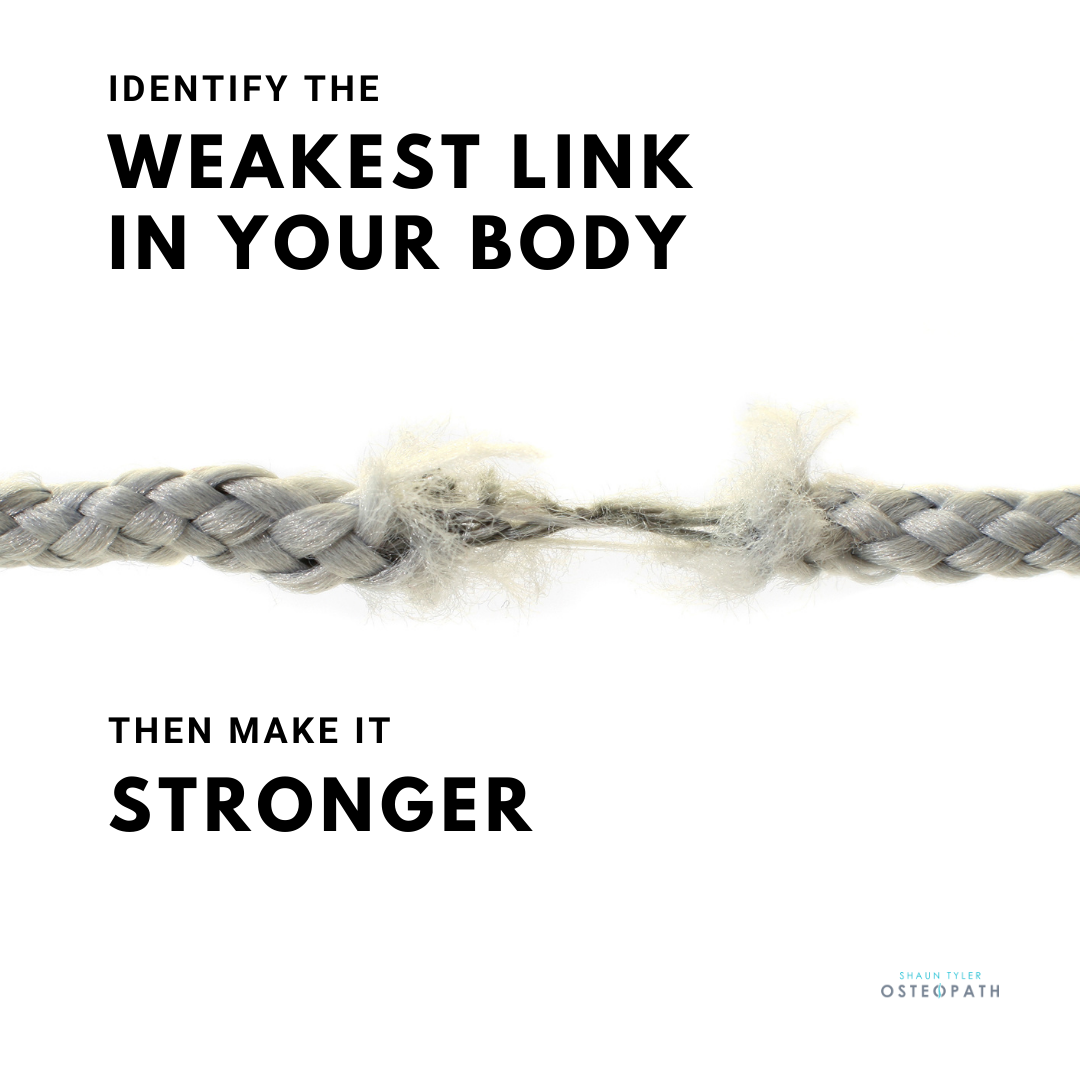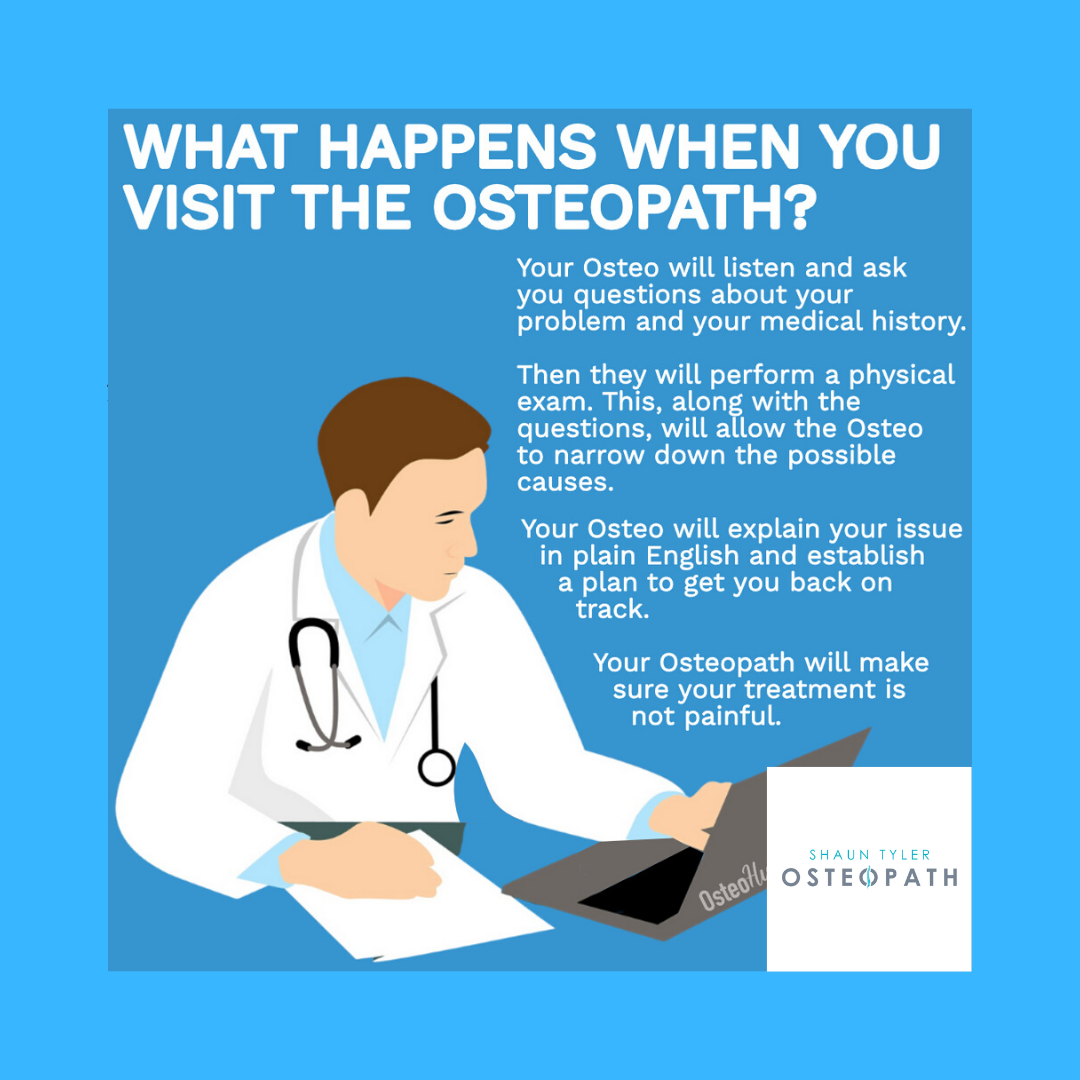🚨If you've just pulled your back or it's just "gone" while you were putting your socks on this morning, then you need this!
-
🙋🏻♂️Hi, I'm Shaun and I'm a Registered Osteopath based in Colchester, UK. Every week I have patients who see me with acute low back pain. We define acute low back pain as pain that is less that 6 weeks old. Most acute low back pain will resolve within 4-6weeks depending on the onset and severity of your symptoms. Here's six points that I find really helps my patients and will give you an insight in how I treat my patients with this condition.
-
1️⃣ Relative Activity Modification
I'll start by addressing what's causing you pain and discomfort. I rarely advocate complete rest. Complete rest is old thinking. It can lead to fatty infiltration of muscles, decondition your muscles, increase pain and can delay your recovery. That said, some people will need some sort of rest. It’s not as cut and dry as one size fits all. I will often get you to modify your work positions or bring in a pacing strategy to reduce stress on painful structures. It might be changing your exercise routine or training schedule. This is where having a clear line of communication with your therapist helps. See points 2 & 4, there should be constant feedback finding what works for the individual and what does not.
-
2️⃣ Build a Therapeutic Alliance
I want me and my patient to become a team. I want to build trust so they can approach me with any questions or queries. I will in turn advocate for you and support you along your back-pain journey. Treating and recovering from acute low back pain is not a case of ‘go away and do these exercises.” I see patients who’ve been given a list of tens of exercises and are unsure if they should be doing them because they cause pain. By regular communication whether it’s face to face, by text or email we can build trust and really individualise your treatment and recovery.
-
3️⃣ Osteopathic Assessment & Treatment
I start by listening to you (a lot), and taking a case history. We investigate different parts of your health & lifestyle because putting that plate in the dish washer should not have caused a muscle strain. There's often an accumulation of factors that snowball up to that point. I will assess you physically to see how your body is moving and functioning. This might include muscle testing and moving joints around. We will investigate what’s causing pain and what positions give you relief.
Osteopathic treatment might include soft tissue release & massage, dry needling, taping, stretching & spinal manipulation. The goal is to reduce pain and improve your movement, function & confidence. Most of my patients will leave confident that they have a plan to get them back to work, sport or doing what they enjoy.
-
4️⃣ Education & Communication
I really try my best to make sure my patients firstly understand what's going on with their back. I advise on prognosis as all too often back pain doesn’t go away overnight. I like them to know what they need to do to help themselves. If they understand this then they seem to have less worry, less fear avoidance and better outcomes.
5️⃣ Rehab Exercises & Return to Activity
Whether you like exercise or not, you need to be increasing your activity levels to help your back and reduce pain. I tend to tailor specific exercises to my patients to begin with. I find this builds confidence in their body and spine. Often a back injury can leave someone thinking their back is weak or degenerative. The exercises will increase your mobility and range of motion. They will also increase strength, stability & endurance. On top of this we know regular exposure to exercise has a pain modulation and relieving effect on the body. My plans are often progressive so I can have them integrate themselves back to work or activity.
-
6️⃣ Reassurance & Follow Up
Chronic low back pain can sometimes develop in a small number of patients who have acute low back pain. It's also thought that up to 80% of people will have a relapse over the following year. I educate my patients about this and keep our channels of communication open. It’s often useful to have follow up appointments to progress your exercises as your body gets stronger and moves better.
As you can see a big part of my osteopathic treatment is developing a relationship with my patient. If we can build a strong therapeutic alliance and you understand the reasons behind why we are doing or not doing certain moves or activities then you’ll be more likely to follow the plan and have long term results.
If you’d like to work with me then please get in touch.
📲07900363938
📧info@shauntyler.com

























































Vivamus pellentesque vitae neque at vestibulum. Donec efficitur mollis dui vel pharetra.